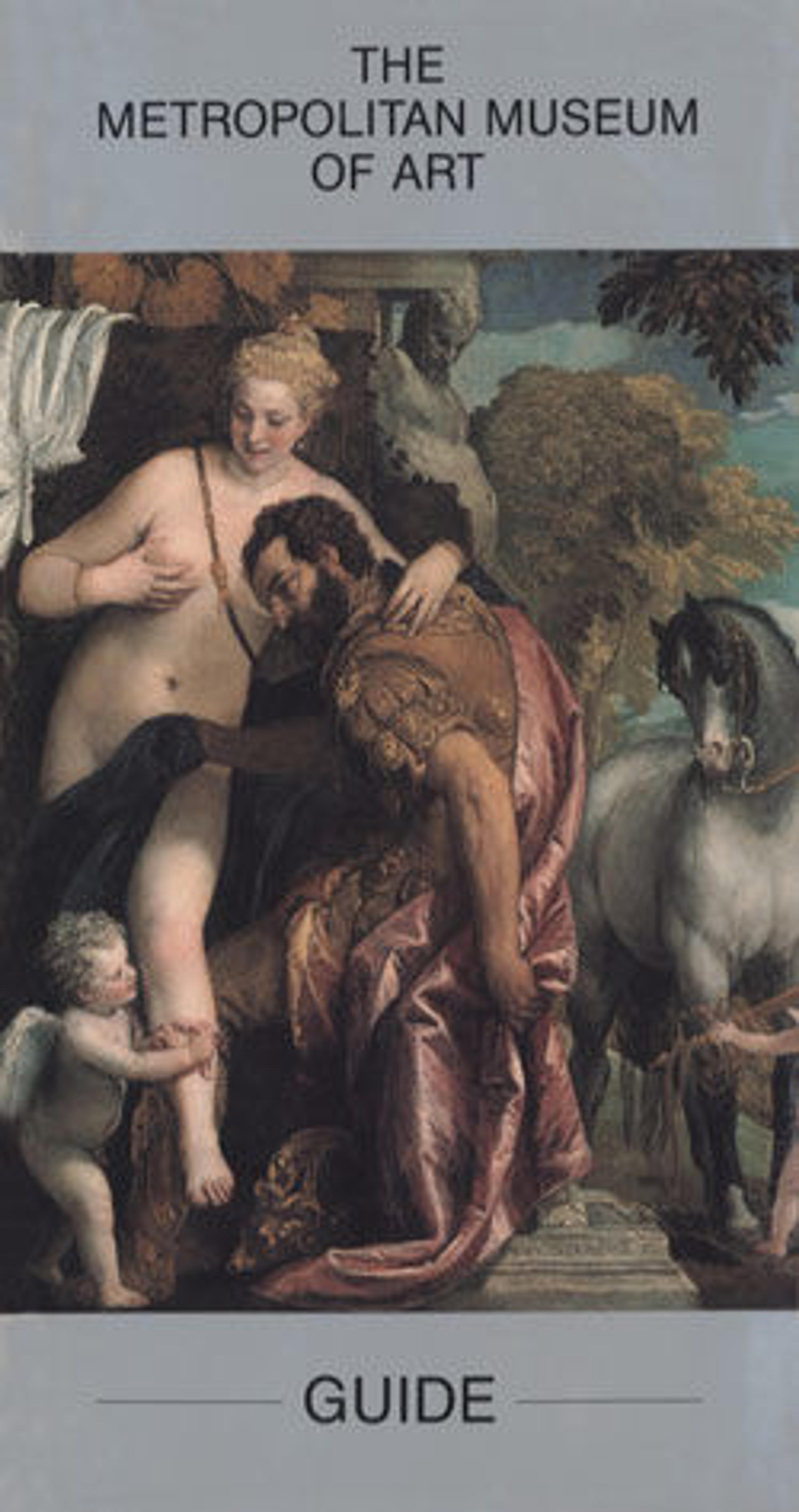Lovers Beside Flowering Autumn Grasses
Moronobu's recurrent depictions of lovers in amorous poses allowed him to merge graphic and emotive qualities. Their physical and lyrical integration is heightened by the sinuous, animated lines and the play of the black and white patterning in the robes. As if to suggest the completeness of each sheet, the prolific book illustrator Moronobu framed the composition with a black-line border embellished with chrysanthemum-like ornaments at the upper corners.
Artwork Details
- Title:Lovers Beside Flowering Autumn Grasses
- Artist:Hishikawa Moronobu (Japanese, 1618–1694)
- Period:Edo period (1615–1868)
- Date:1680s
- Culture:Japan
- Medium:Woodblock print; ink on paper
- Dimensions:9 1/4 × 13 1/4 in. (23.5 × 33.7 cm)
- Classification:Prints
- Credit Line:Harris Brisbane Dick Fund and Rogers Fund, 1949
- Object Number:JP3069
- Curatorial Department: Asian Art
More Artwork
Research Resources
The Met provides unparalleled resources for research and welcomes an international community of students and scholars. The Met's Open Access API is where creators and researchers can connect to the The Met collection. Open Access data and public domain images are available for unrestricted commercial and noncommercial use without permission or fee.
To request images under copyright and other restrictions, please use this Image Request form.
Feedback
We continue to research and examine historical and cultural context for objects in The Met collection. If you have comments or questions about this object record, please contact us using the form below. The Museum looks forward to receiving your comments.
